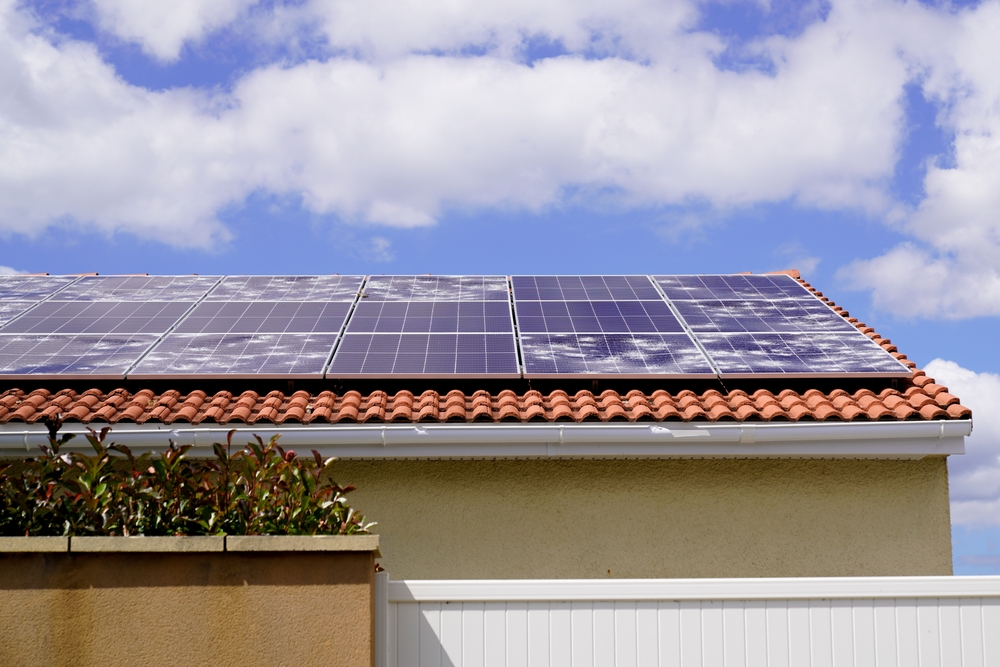Storms, including hurricanes, tornadoes, and blizzards, pose a significant threat to solar power plants. Hail is among the most concerning weather conditions for many home solar panel owners.
Because hailstones are so heavy, they cause damage directly to rooftop solar panels. The noise of hail hitting solar panels can be horrifying, but we're here to reassure you.
Luckily, strong hailstorms are rare throughout the United States, and most solar panels are designed to handle some light-to-medium damage.
An NREL report states that the risk of hailstorms causing damage to solar panel installations is not more than 5%.
Hail damage to solar panels is rare but not impossible.
If you live in an area where hail storms occur frequently, it may be useful to know what occurs to solar panels during a hail storm.
You can use this information to determine actions to protect your solar panel from severe weather conditions.
Important Points
Understanding Hail
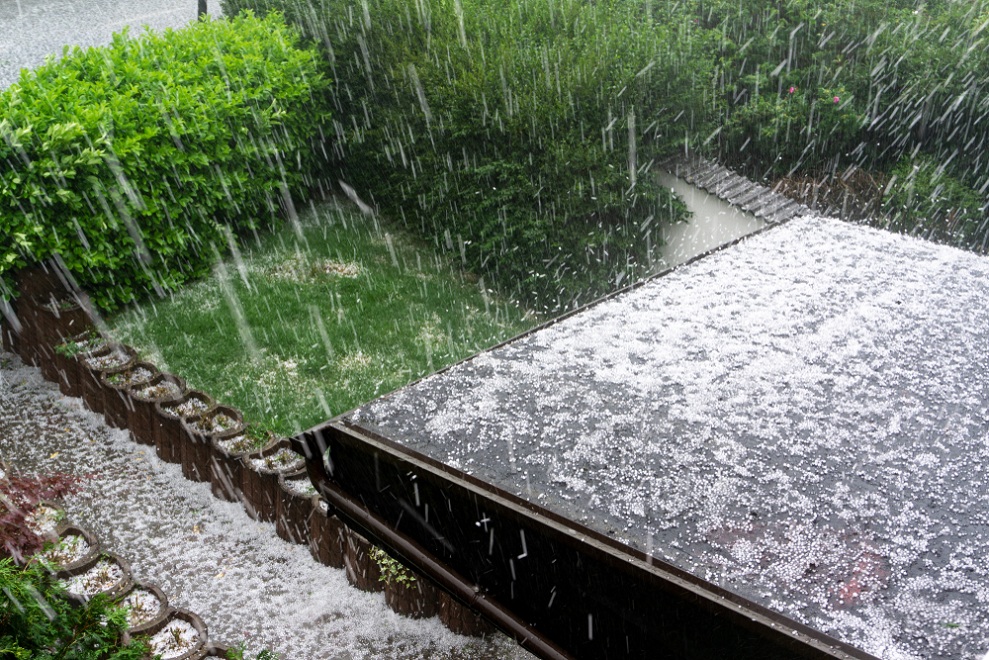
Hail contains solid water droplets like raindrops or snowflakes. Hailstorms are formed when moist air is rapidly forced into the sky by strong winds.
This makes cold and hot temperatures come together. Because of this, small drops of water turn into hard, round ice pellets. When heavy rainstorms occur, large hailstorms often result from the strong winds and high temperatures accompanying them.
It’s neither the size nor the weight of hailstorms that should worry you. It would help if you were concerned instead about their speed.
Hail falls at speeds ranging from 10 miles an hour to 75 miles an hour. Large hail stones move faster than small ones, damaging solar panels greatly.
Reasons Why Hail is a Trouble Solar Panel Owners
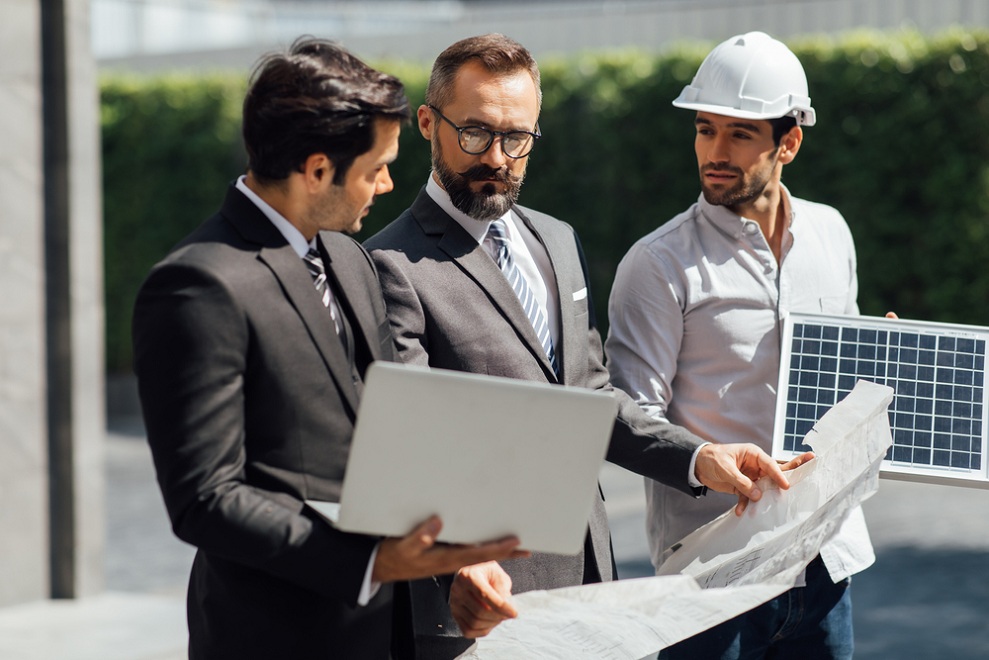
Hail Damages Solar Panels
Solar cells made from well-designed materials have a thick protective coating that can withstand many impacts. We’ll later talk about how they're tested for collisions from hails.
Tempered glass has high resistance to moderate hailstorms and has a great safety rating to be used outside for longer periods.
There are mixed reports about the aftereffects of a massive hailstorm on solar panels. Some home solar panel owners say they haven't noticed any damage, but others point out the existence of small breakage and abrasion.
Even if there were no visible damage from hail stones striking the module’s exterior, its internal components could still sustain significant damage due to hail stones.
Hail Affects the Performance of Solar Panels
How do cracks affect solar panels after a hail storm? Cracked solar panels will still produce electricity even though they're damaged.
However, this malfunction may lead to decreased solar energy production, and the panel will not work at full capacity, maximum efficiency, or peak voltage. If hailstones destroy 15% of the inner cells of the panels, the output power will be reduced by 15%.
Take a voltage reading from the broken part to test whether your circuit board has been damaged.
Early detection means less likelihood of cracking, potentially damaging internal parts, or affecting performance. Because moisture, water, or small pieces of wood can enter the panel through cracks, they can eventually lead to premature failure.
The cracks on the surface of solar panels could cause overheating and even lead to fire or persistent damage to interior parts.
Some external cracking may not cause any reduction in performance at all. Sometimes, the damage may be only superficial or on the exterior of solar panels.
Warranty Policies Do Not Include Hail Damages
Hailstorms can cause significant damage to solar panels. Most manufacturers' warranty policies don't cover hail damage. Most solar warranty policies usually cover hail damage, but the extent of the warranty varies depending on whether the policy includes environmental factors.
Suppose you're living in a place prone to hailstorms. In that case, it is strongly recommended to determine whether the insurance policy covers damage from hail and the degree of coverage.
You may need to check your homeowners' insurance policy to see if it covers hail damages.
Added Cost on Insurance Rates
Standard Home Owner’s policies usually cover rooftop solar panels. However, it is also important to check if the hail damage to your solar panels is covered in the dwelling segment of your homeowners' insurance policy.
Do in-depth research when checking for hail damage coverage given as 'covered peril.' This segment of homeowners' policy explains which damages are included in your coverage.
Further, ensure that you agree with the coverage limit if you need to replace any of your solar panels after damage from hailstorms. If limits are low, you need to increase them, which means paying more for insurance. Costs may differ as per the insurance company rates.
If your insurer doesn't offer coverage for solar panel damage, you'd need to either extend your current policy or buy a new one to get coverage. Buying additional coverage usually adds to your existing homeowners' insurance rates.
Most homeowners' policies provide coverage for rooftop solar installations. You will likely need an additional insurance plan if your solar panel systems are located on the ground or in a carport because the solar panel system isn't connected to the house itself.
If your solar power system is leased or purchased through a PPA, you don't have to be concerned about the protection of the solar from hailstorms because you don't actually "purchase" the panels. However, you should check if hailstorms are covered by the terms of the contract or PPA and know what contractors will do when they occur.
Ways to Safeguard Solar Panels Against Hail
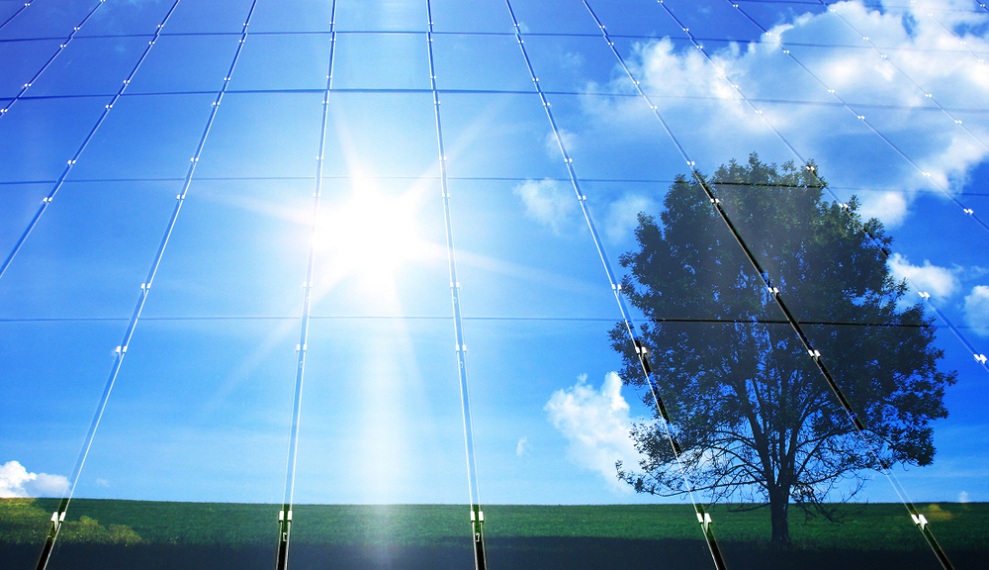
Check Your Panels for Tests and Certifications
Solar panels undergo extensive testing to endure outdoor conditions and harsh weather. For hail impacts, Underwriter's Laboratories provide tests and certifications for solar panel systems under their UL 61730 rating system.
The IEC has its set of the above tests under IEC 61730. Jurisdiction is the main point of distinction between the two. UL ratings are used primarily in North America, where they're required by law, whereas IEC ratings are used internationally. Solar panels often show a combination of both.
Most solar panel systems with UL 61730 or IEC 61730 markings resist hail damage. These systems can withstand up to an inch of hailstone impact from a storm moving at speeds ranging from 16 miles to 88 miles per hour.
The below map shows that areas between Oklahoma, Texas, Nebraska, and Kansas tend to get hailstorms with 2-inch rocks. The chances of experiencing these storms are less outside of this zone.
To ensure that your solar panel can survive hail damage, always check for UL 61730 or IEC 61730 certification. These ratings show that the solar panels have been successfully subjected to hail impacts and can resist up to an inch of hailstones traveling at speeds of 16 to 88 miles per hour.
If you know your solar panels have passed these tests, you can be confident in their durability when a hailstorm hits. They're expensive to run and require much time and effort.
Solar manufacturers understand the importance of these tests for their products. Because of this, it is wise to buy only top-of-the-line solar panels manufactured by a reputable company.
Purchase Solar Panels Only From Reputed Manufacturers
If you buy solar panels from reputable companies, they will use strong, durable materials for their products. These companies typically go above and beyond to earn certifications and get tested for quality assurance.
The following solar panel models are rated for safe usage:
Temporary Covers
These are one of the best ways to prevent hail damage to your roof. Hard shells and padded covers are two different kinds of covers for solar panel systems.
A strong shell case requires special hardware to hold the shell in position. With this kind of cover, you don't need to worry about absorbing water from rain or humidity. Hail storms may also cause rain, so having a good quality hard shell roofing material is a great way to protect your roof from damage.
A padded cover is softer and more pliable than a hard shell. This type of covering material helps absorb the noise from hail storms.
You may want to think carefully before covering them because they won't generate any energy from the sunlight once covered. Therefore, don't cover them up for too long. Once the hailstorm has passed and the skies clear, remove the temporary cover.
You don't need to cover your solar panels at every thundercloud or hailstorm. Most high-end panels have undergone testing to combat moderate hailstorms.
Solar panel exposure to recurring, light hail won't likely cause any damage. If you live in a region with a chance of severe hailstorms, it is a good safety practice to protect your solar power systems from damage by covering them up.
Check Your Panels for Any Hail Damage
After a severe hailstorm, check your solar panels for damage. It’s also a good idea to clean up dust, small branches, or foliage that might have been blown onto the surface during the recent storms. Look at the surfaces for small cracks and the frames for dents.
Inspecting your solar energy systems after every hailstorm isn't necessary. Suppose you notice that the solar panels aren’t producing as much energy or are not functioning properly after exposure to moderate hail.
In that case, you should check the panels on the roof and look for any cracks or irregularities in their surface. After an extremely severe hailstorm, inspecting your solar panel array for damage is a good practice.
Take pictures of any cracked, dented, or broken parts if you find them. It will make filing insurance or warranty claims faster and easier by serving as proof of damage from hail. Don't open the panel or apply adhesive materials to the surface.
If you take these actions, they may invalidate your warranty and make it harder for you to file claims. If the problem occurs, leave the solar panel in place and contact your insurer or warranty service provider. They may replace or repair the damaged parts.
Should People Living in Hail-Prone Areas Go for Rooftop Solar Installations?
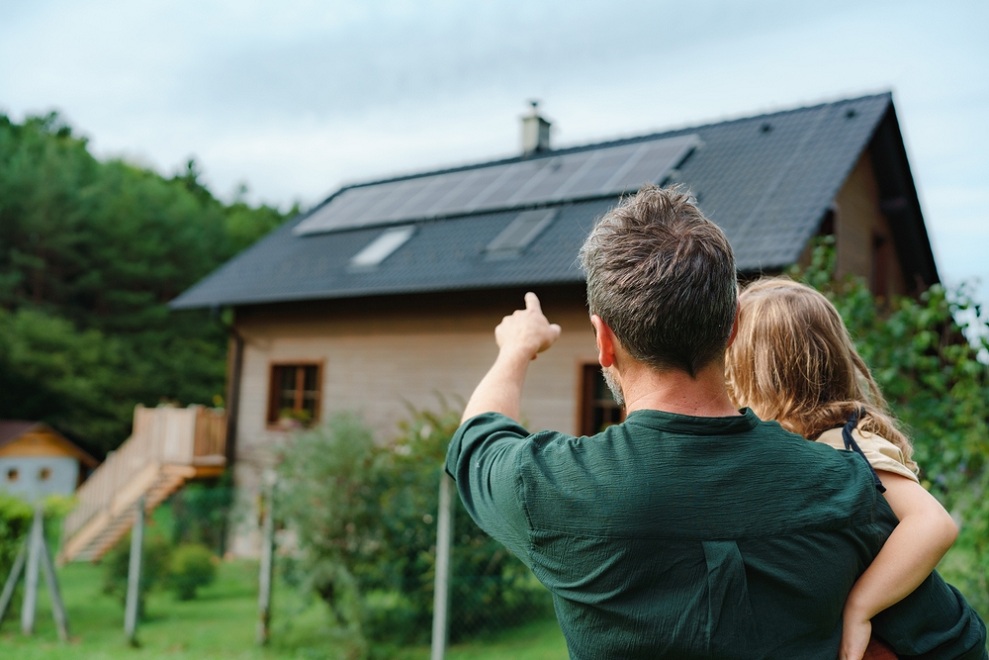
Yes!
People living in areas where hailstorms occur frequently should still install solar panels on their roofs.
However, people living in Texas, Colorado, New Mexico, Nebraska, or Illinois, should be extra careful when installing solar power systems. These are the most affected by hail storms, so they're likely to report hail damage to their solar panels more often than others.
If you want to install solar panels on top of your roof, ensure they're covered under your homeowners' policy or solar panel warranty. Consider purchasing temporary coverings for your solar panels if you expect severe weather conditions with large hailstones.
You don't need to worry if you buy solar panels from reputable manufacturers because they're built to handle light to heavy hailstorms.
Choose the best brands for quality products. When buying solar panel systems for your home, check for the specifications to find products with good warranties and ratings for extreme weather and hailstorms.
To help you choose which solar panel brand would be best for your needs, we've compiled a list of some of the most popular brands.

